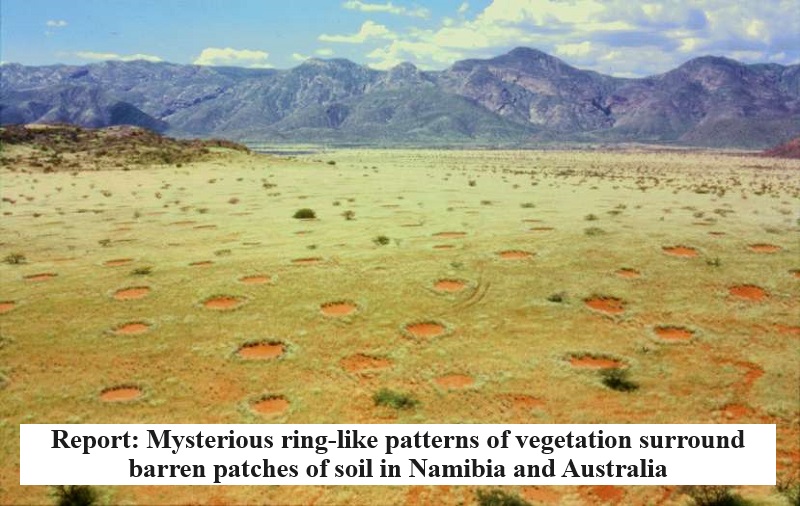
Mysterious circular patterns of vegetation that encircle barren patches of soil in Namibia and Australia have puzzled scientists for years, leaving them questioning their origins. These enigmatic formations, known as “fairy circles,” have sparked curiosity and scientific inquiry, and recent research aims to shed light on their formation and distribution.
A team led by environmental scientist Emilio Guirado from the University of Alicante in Spain conducted a comprehensive assessment of fairy-circle-like vegetation patterns globally, uncovering hundreds of such locations across three continents.
Fairy circles are unexplained circular patterns of vegetation typically found in barren regions of Namibia and Australia. The recent study identified a total of 263 bald spots with fairy-circle-like patterns, spanning three continents and 15 countries, including Sahel, Madagascar, and Middle-West Asia.
The research provides valuable insights into the ecology and biogeography of these intriguing vegetation patterns, offering the first-ever global atlas of their distribution. Emilio and his team conducted a systematic survey using high-resolution satellite imagery and employed machine learning to analyze the results, meticulously examining 574,799 hectare-sized plots of land worldwide. This extensive analysis expanded the atlas of fairy circle sites significantly.
The scientists’ findings will contribute to narrowing down the causes behind these formations. They identified specific common features shared by all locations with fairy circles, including extremely dry, arid desert environments, high temperatures, pronounced precipitation seasonality, nutrient-poor soil with a high sand content. Notably, areas with fairy circles exhibited more stable vegetation productivity over time compared to surrounding regions without them. These discoveries enable the identification of region-specific factors contributing to the emergence of fairy circles.
The global atlas introduced in this study advances our understanding of the biogeography of fairy circle-like vegetation patterns and will facilitate future research into the characteristics and mechanisms underlying these enigmatic formations in previously unstudied locations.

Post Your Comments